Behind the Scenes of a Travel Assignment for the New York Times
![]()
What is it like to shoot a travel assignment for a major publication? What’s the process from start to finish? Every publication is a little different but I’ll speak from my experience shooting dozens of assignments for The New York Times travel section throughout Southeast Asia for over a decade.
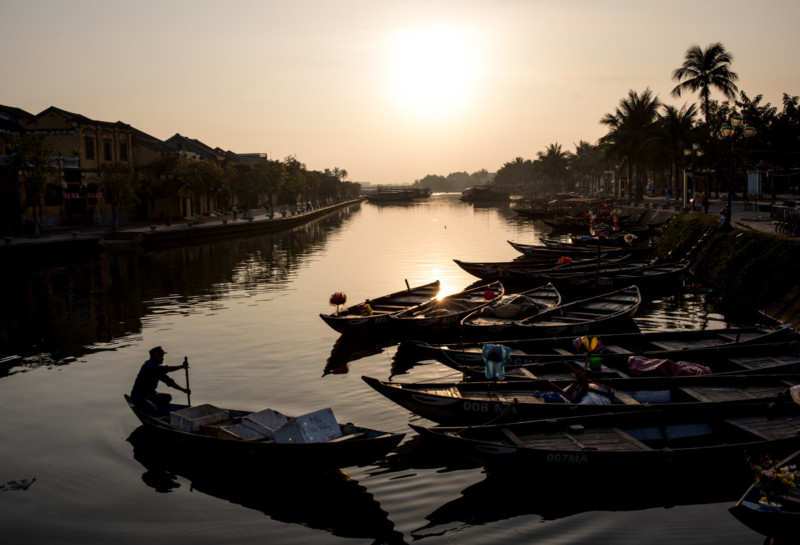
I’ve shot a variety of types of travel assignments but to keep things easy I’ll use the popular New York Times 36 Hours series as a sample assignment. For those not familiar with the 36 Hours series, it’s basically a travel story mapped out hour by hour on what to do in that location (here’s an example). They are exhausting and fun to shoot at the same time, sort of like a scavenger hunt for photographers. I don’t shoot as many of these types of stories anymore, but recently I shot one in Hoi An, Vietnam, so while it’s fresh in my mind I figured I’d write about it.
How It Starts
My editor in New York will email me, typically afternoon New York time, so middle of the night Vietnam time. It’s a little James Bond-like, except the part about me being handsome, a womanizer, and typically there isn’t much sophistication or danger in any way, but other than that it’s exactly like a Bond movie.
I wake up to a quick email asking my availability, telling me their deadline, and the name of a city, and how many days they can give me to shoot the story (you get paid pr/day). For 36 Hours stories, it’s always ironically 24 hours plus travel time. For other travel stories, it can vary depending on the story, but they are typically no longer than a few days as budgets have shrunk through the years.
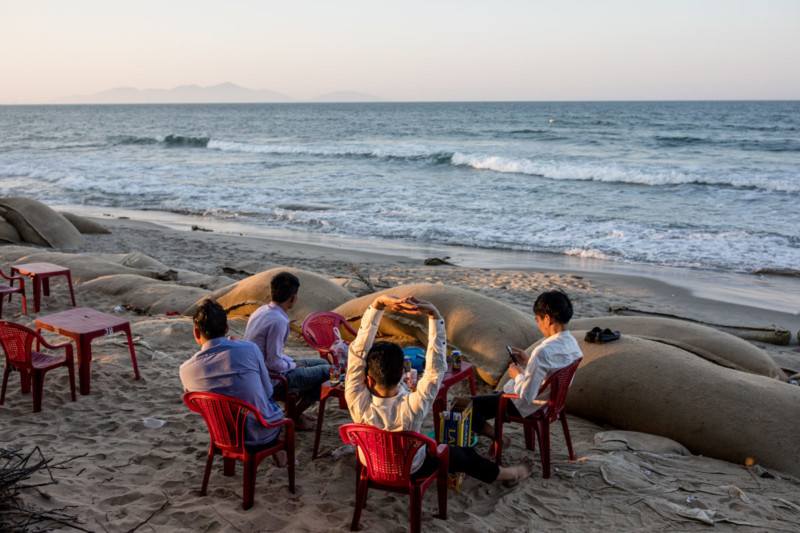
They don’t typically tell you any details about the story until you agree to accept the assignment. They do this to avoid the unnecessary slip up of you mentioning the story idea to another writer and overall just to avoid someone stealing the story. It might seem like overkill, but it makes sense.
You must respond quickly, so I always check my email first thing in the morning. You like to think you are important and it must be you, but it’s not really the case. They have a Rolodex of great photographers willing to shoot and they have a long list of assignments they need to manage so you need to be able to answer quickly and keep the questions to a minimal. You are expected to make all the necessary arrangements both for logistics and for access to the locations.
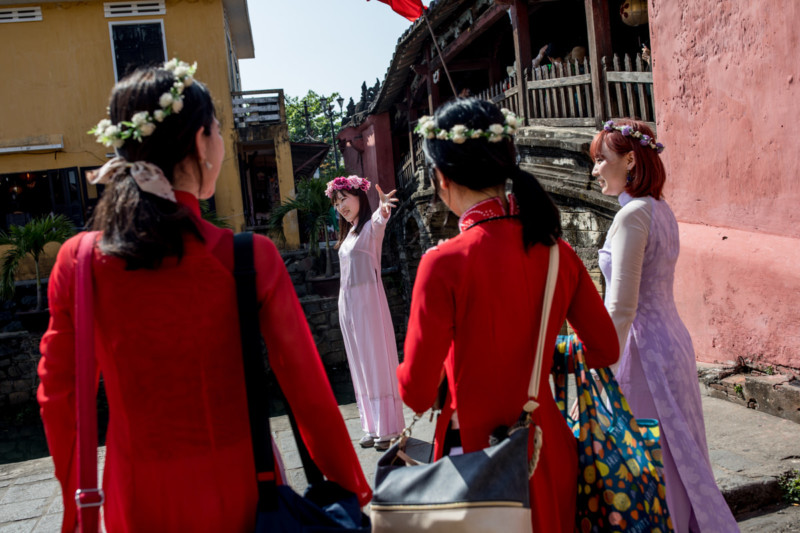
Some photographers are bookmarked to just shoot in their city or their country and others are lucky enough to be chosen for bigger stories farther away from where they are based, it all depends on experience, skill set, and your relationship with the editor. I’ve been lucky enough through the years to get to travel throughout the entire region but this assignment just happened to be only a short plane ride away.
In my early days shooting a lot of news stories I’d be teamed up with a writer but for travel stories that was and still is a rarity. Typically, the writer has already completed their story (a few weeks prior) and once you commit to the assignment. you will receive a rough draft of their story along with some highlights of what your editor wants you to capture.
![]()
For 36 Hours, you will get a list of about 15 locations, a mix of restaurants, people, stories, museums, nightlife, local dishes, and an overall ambiance of the location.
Like I mentioned earlier, you get 1 day to shoot as many of these places as possible. I make a rough outline of my priorities based on what I feel will be visually appealing locations along with enough content to give me a good mix for a diverse and cohesive layout.
I strive to tell an eclectic and accurate story with my images, so I get a mix of details, people, general overview shots, and some nightlife. I’m always thinking about how the images will work together as a whole while providing my editor with a mix of compositions for different layout options. I’m a little old school, so I print out the story and carry it in my camera bag and cross out locations as I shoot them.
How I Shoot
I recently shot 36 Hours of Hoi An, Vietnam so I’ll use this exact assignment as a reference for my breakdown of how my timing goes. It’s supposed to be one shooting day only, but I like to arrive in the city the afternoon the day before my shooting day and shoot the morning the day after, giving me two extra sessions in gorgeous light. For all my assignments, editorial and commercial, I try to maximize sunrises and sunsets.
Here is a rough breakdown of my timeline for the shoot.
Wednesday
3pm Arrive in Hoi An from Hanoi
4-6:30pm Shoot street shots during the sunset to try to establish an overall view and mood of the location.
7-8pm Shoot nightlife on my list
8:30-9:30pm Back up images and review the day’s shots to see what I have and what I need.
Thursday
5am Wake Up
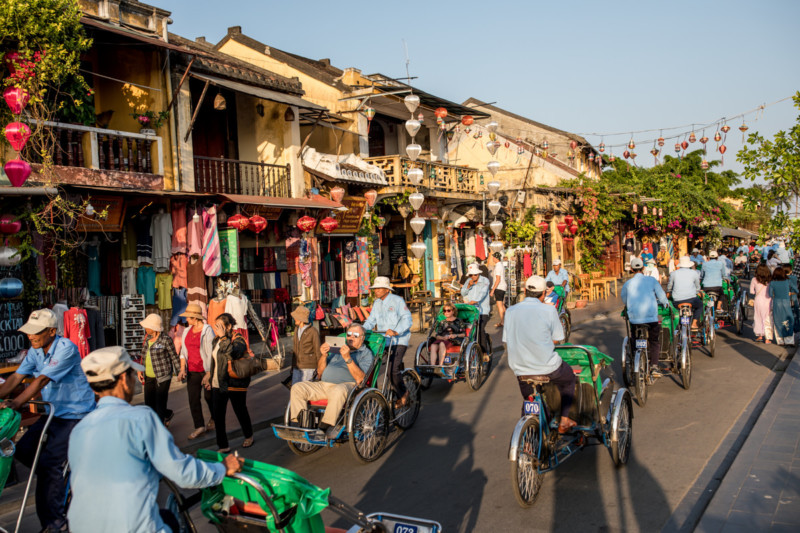
5:15-8am Out the door with my camera in hand and hunt for more general images of the location and whatever I can find on my list.
8-8:30am The light starts to get harsh there around this time so I eat breakfast and slam a coffee.
8:30am-1pm Shoot as many indoor places on my list as possible such as temples, museums, restaurants, cafes, etc.
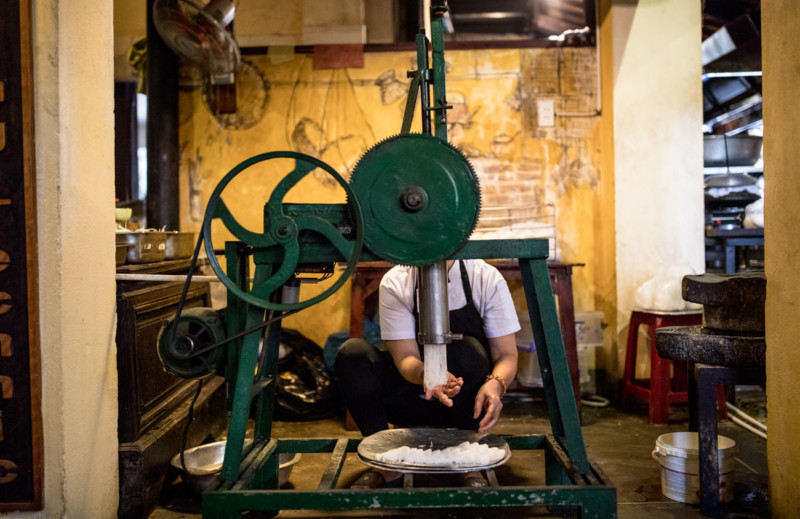
1pm-3pm Visit a restaurant on my list and shoot what I can from the perspective of a guest and then order the dish or dishes I need to photograph. For the food or detail shots, I try to find some natural light to put the food in, typically by the window.
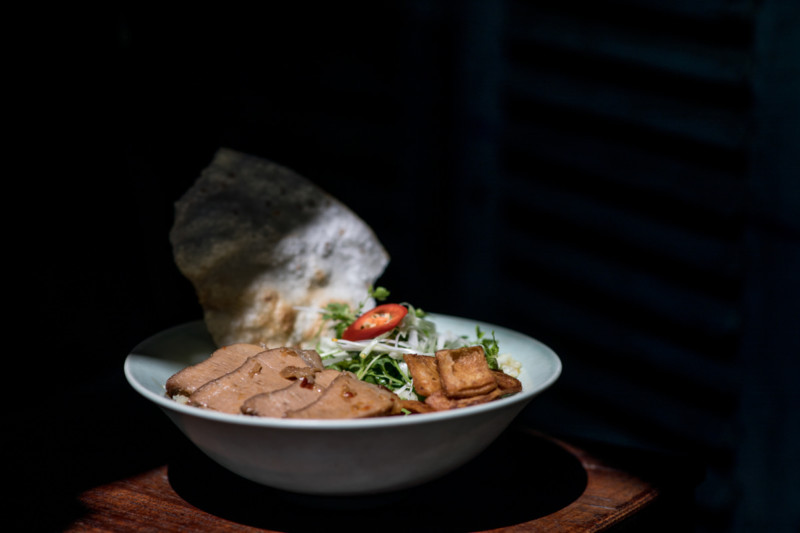
At some point, I’ll talk to the owner or manager and let them know what I’m doing especially if it’s a fancier place and I can’t just blend in without being noticed. I aim to capture the place as natural as possible so I don’t like to call ahead and have them do anything they wouldn’t normally do. You might think this is overkill, but even with travel stories, the New York Times has strict ethical guidelines and I adhere and respect those. For example, we can’t take any free food or anything like that.
3-3:15pm Slam another coffee
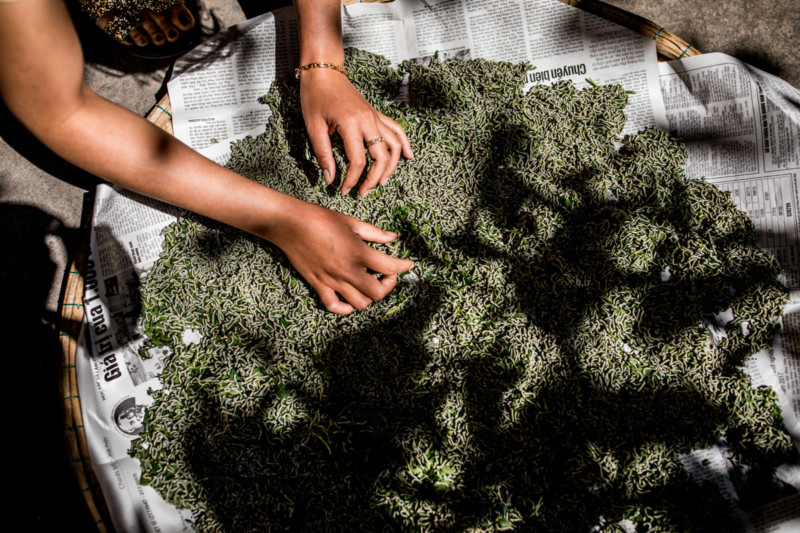
3:15-5pm Capture whatever else I can from my list.
5-6:30pm Pray for a good sunset and shoot the most visual spots on my list during this time. If I’ve made good progress already for my list and the light is great, I’ll revisit places I’ve already shot to improve on those images. I always aim to get that one epic wide establishing shot in perfect light that they can run as a lead image.
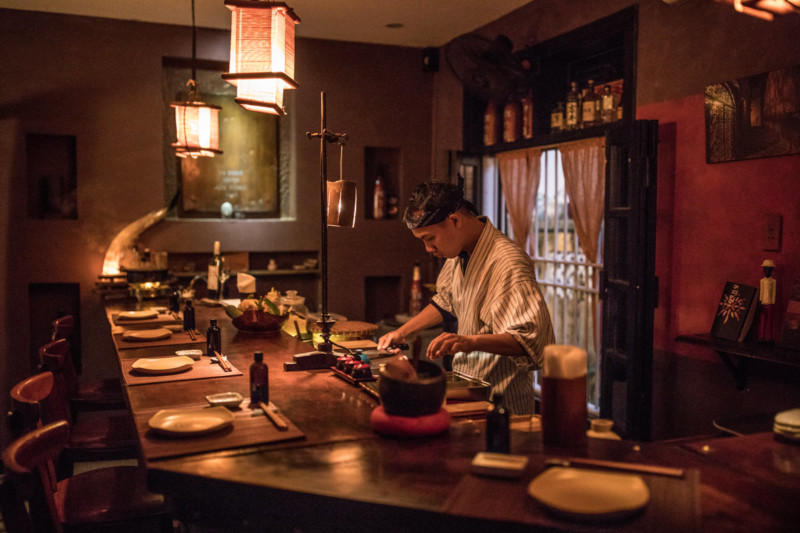
6:30-8:30pm Capture more nightlife and a quick dinner.
8:30-9:30pm Back-up images and review the day’s shots to see what I have and what I need.
Friday
5am Wake up
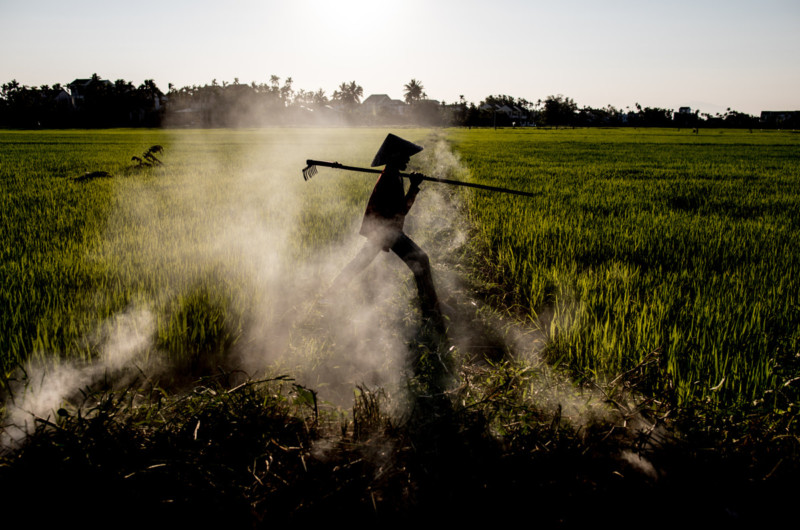
5:15-8am Out the door with my camera in my hand shooting what I can in beautiful morning light.
8am Back to my hotel to back-up my images. I always save my images on multiple hard drives daily and I always do so before I board a flight to avoid any mistakes. I keep my hard drives in separate bags just in case something happens.
10am Slam a coffee and make my way to the airport. I typically start to tag my images in the taxi, at the airport, and on the plane.
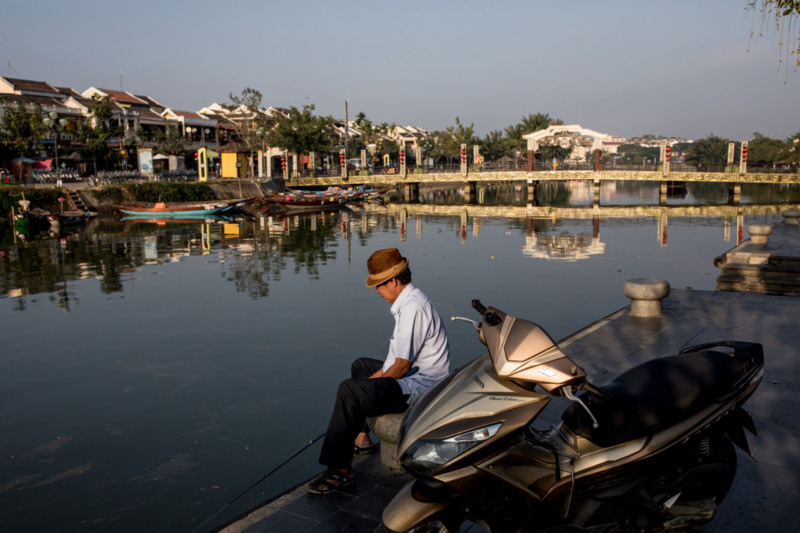
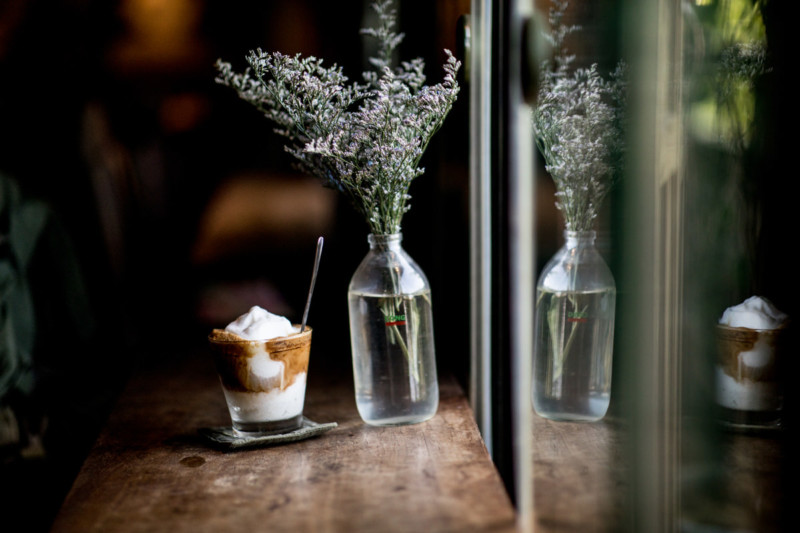
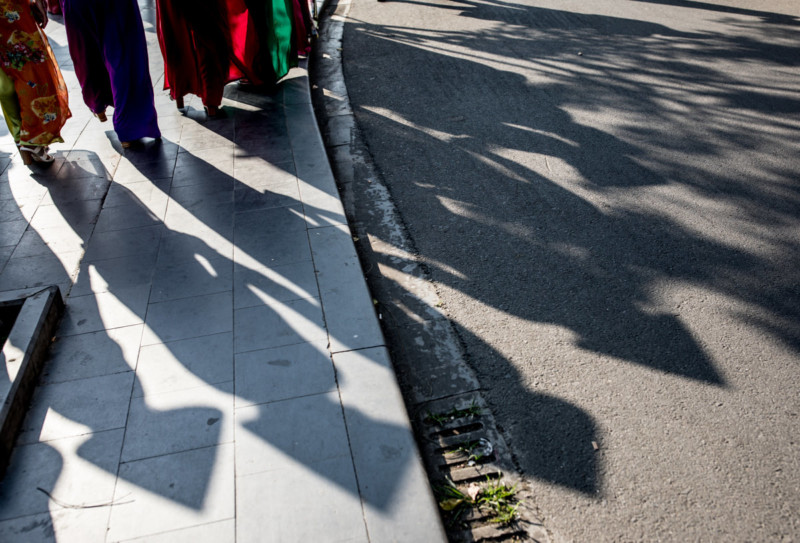
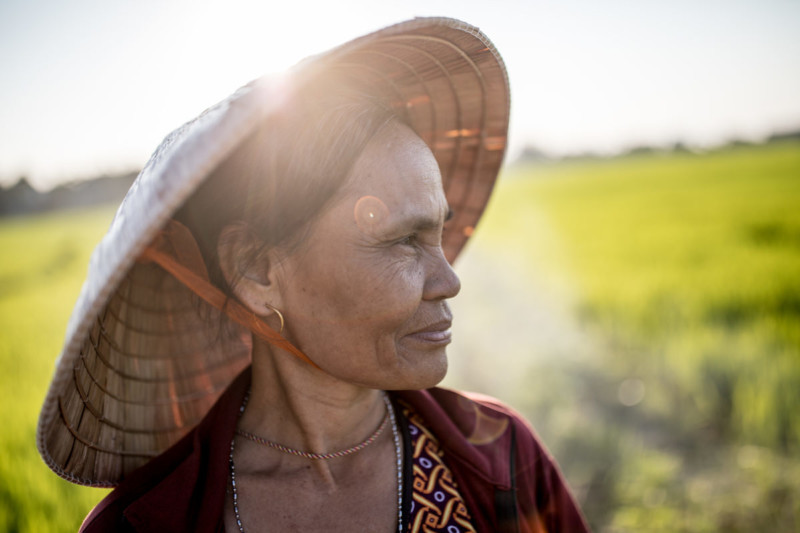
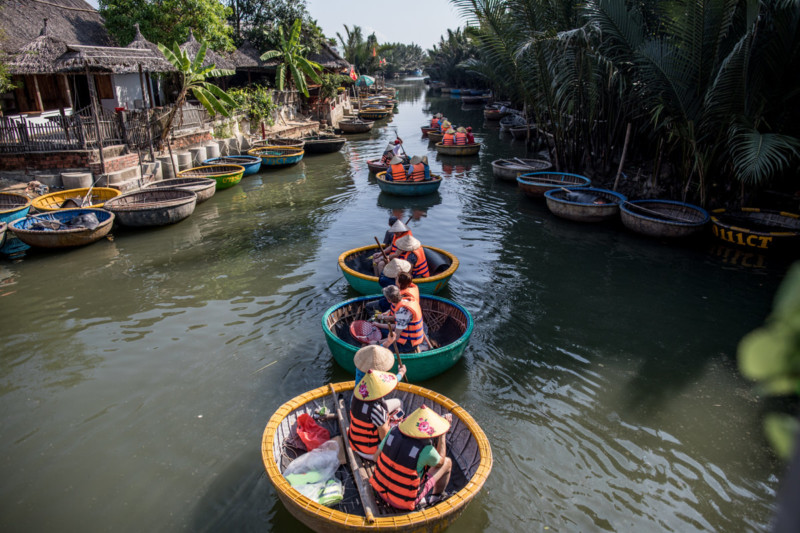
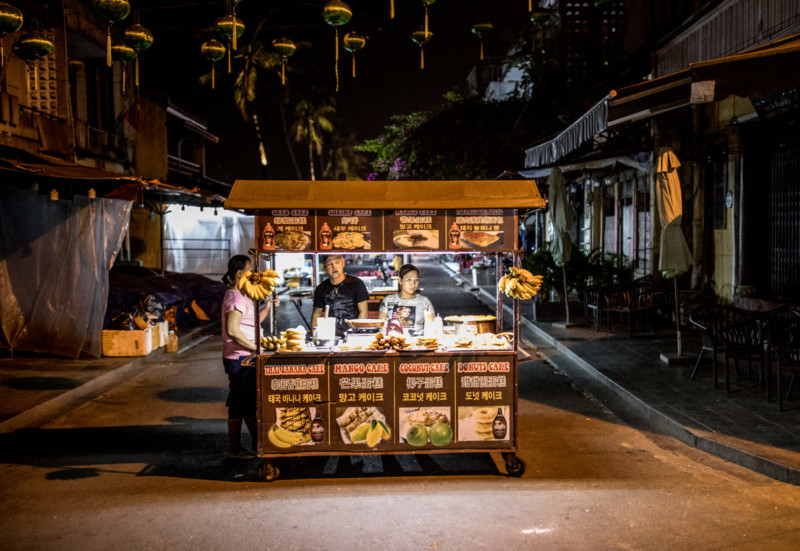
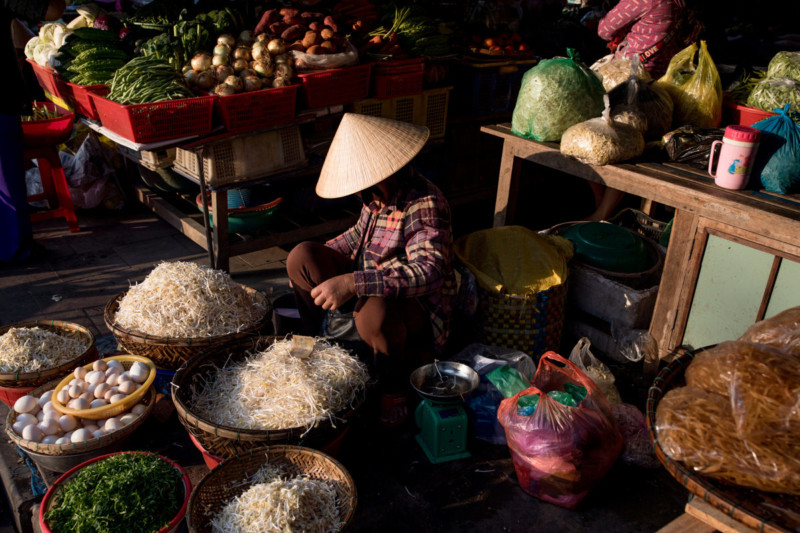
How It Ends
Depending on my deadline I’ll caption and edit the images the day after I return to give myself some space between shooting and editing. As you can see these shoots are quick but long days, so I’m typically tired the next day. Editing is very light, I just slightly tone the images in Lightroom and check my notes and start captioning in Photo Mechanic. Captioning can take several hours because you need to double check your notes and do a little research online to make sure you’ve got it all accurately. The last thing you want is your editor having to fix your mistakes.
Once my images are toned and captioned, I give everything another final quality control check. For a shoot like this, I typically upload about 75-100 images to their server and they may use about 10-15 total online and in print.
Once the images are sent, I file all my expenses on an automated server and photograph my receipts and send them to my editor. From there, I sit back and hope my editor likes my work. The payment doesn’t take long, typically a few weeks and the story could be published either the next week or sometimes even months down the road, it all depends on what else they have coming in and what’s happening in the world.
The images are under embargo until the story is published, meaning I can’t showcase or obviously sell them anywhere. After the story is published I’m free to sell the images shortly after, which I do so through my own archive and through my agency Redux Pictures. The NY Times doesn’t pay a ton but it balances out with stock sales down the road.
I love shooting for The New York Times because honestly they launched my career as a photographer and also because I highly respect their editors and their readership.
You can find the published story over on the New York Times’ website.
About the author: Justin Mott is an award-winning editorial, travel, and commercial photographer and director based in Vietnam for over a decade. The opinions expressed in this article are solely those of the author. Mott has shot over 100 assignments throughout Vietnam and Southeast Asia for the New York Times covering tragedy, travel, features, business, and historical moments. You can find more of his work on his website, YouTube, Twitter, and Instagram. This article was also published here.